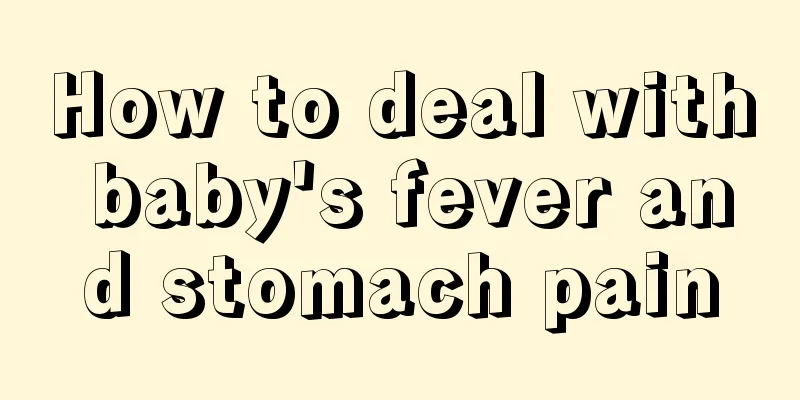There is a small lump on the newborn's chest

|
Newborns are a very special group. Because their resistance is very low, they often encounter skin allergies and many skin diseases. For example, parents will find that newborns have small fleshy grains on their chests. These may be filiform warts, but fat particles cannot be ruled out. The baby's skin resistance is low and it is easy to be infected or contagious. These are all possible, so special attention needs to be paid. Filiform warts are a type of wart disease caused by human papillomavirus. They are small, thread-like growths that occur on the superficial surface of the skin. They are commonly known as thread warts. They are contagious, can connect into pieces, and are moderately contagious. It generally occurs in female patients over 30 years old and can cause immune system diseases such as allergies and hepatitis by destroying the immune system. Currently, the international methods for treating filiform warts include laser ablation, liquid nitrogen freezing, surgical resection and other methods. Symptoms and hazards The main symptoms of filiform warts are skin lesions that are single filamentous protrusions, which may be aggregated or dispersed, usually brown or lighter brown. The filamentous growths are slender and soft, and may have peduncles. The number may range from a few to hundreds, which greatly affects the appearance. Improper treatment may leave permanent scars. The most common sites for filiform warts are sensitive areas such as the scalp, face, and neck. Filiform warts are a viral infectious disease caused by human papillomavirus (HPV), which is more common in women. Filiform warts are small, thread-like growths that occur on the superficial surface of the skin, commonly known as thread warts. This disease is called filiform warts in Western medicine. Diagnostic points The skin lesions appear brown or light brown. A few patients may also have normal skin color, or grayish white or dirty yellow color. They are slender, soft, pedunculated growths, ranging in number from a few to hundreds. They are contagious and affect appearance. It often occurs on the eyelids, neck, chin and scalp. The rash is a single, soft, thread-like protrusion that is skin-colored or light brown, like a small nail standing upside down on the skin surface. Generally no symptoms. Syndrome analysis Filiform warts are mostly caused by wind evil attacking the skin. The cause of this disease is mostly single and superficial. External treatment 1. The wart removal method refers to the external treatment method for common warts. 2. Folk remedies: The ligation method uses thin silk thread or hair to ligature the root of the wart, and it will fall off by itself after a few days. It can also be treated with external medication Youkang. Symptoms and hazards The main symptoms of filiform warts are skin lesions that are single filamentous protrusions, which may be aggregated or dispersed, usually brown or lighter brown. The filamentous growths are slender and soft, and may have peduncles. The number may range from a few to hundreds, which greatly affects the appearance. Improper treatment may leave permanent scars. The most common sites for filiform warts are sensitive areas such as the scalp, face, and neck. Filiform warts are a viral infectious disease caused by human papillomavirus (HPV), which is more common in women. Filiform warts are small, thread-like growths that occur on the superficial surface of the skin, commonly known as thread warts. This disease is called filiform warts in Western medicine. Diagnostic points The skin lesions appear brown or light brown. A few patients may also have normal skin color, or grayish white or dirty yellow color. They are slender, soft, pedunculated growths, ranging in number from a few to hundreds. They are contagious and affect appearance. It often occurs on the eyelids, neck, chin and scalp. The rash is a single, soft, thread-like protrusion that is skin-colored or light brown, like a small nail standing upside down on the skin surface. Generally no symptoms. Syndrome analysis Filiform warts are mostly caused by wind evil attacking the skin. The cause of this disease is mostly single and superficial. External treatment 1. The wart removal method refers to the external treatment method for common warts. 2. Folk remedies: The ligation method uses thin silk thread or hair to ligature the root of the wart, and it will fall off by itself after a few days. It can also be treated with external medication Youkang. |
<<: What to do if your child has blisters on his feet
>>: What to do if your child has enuresis
Recommend
How can children recover quickly from rubella?
Rubella is clinically classified as a type of ski...
What is the best medicine for disinfecting a baby's belly button?
Everyone knows that babies have different physica...
What is the cause of the red pimples on the child's body?
If a child has red bumps on his body, parents nee...
What to do if your baby has a short sleep time during the day
There are great differences in the amount of time...
Green poop for newborns?
Newborn babies are generally unable to speak beca...
The child cries for a long time every night
When children are young, crying is common, and it...
Who should be screened for newborn fundus?
Newborn fundus screening is a way to screen wheth...
How to deal with baby’s face scratched by nails?
If you have a baby at home, he or she definitely ...
Newborn baby's back hair
When a child is just born, parents usually conduc...
How to test the height of a two-year-old baby
The method of testing the height of a two-year-ol...
One-month-old baby crying
After one month, babies will sleep relatively les...
How to treat keratitis in children? Do you understand these methods?
For children's keratitis, the symptoms can be...
How to tell if a baby has dull eyes
We all know that the healthy growth of babies con...
How to cool down a child with a fever of 44 degrees physically
It is very common for children to have a fever in...
Can babies be bathed and washed every day?
Parents will have many questions when taking care...









